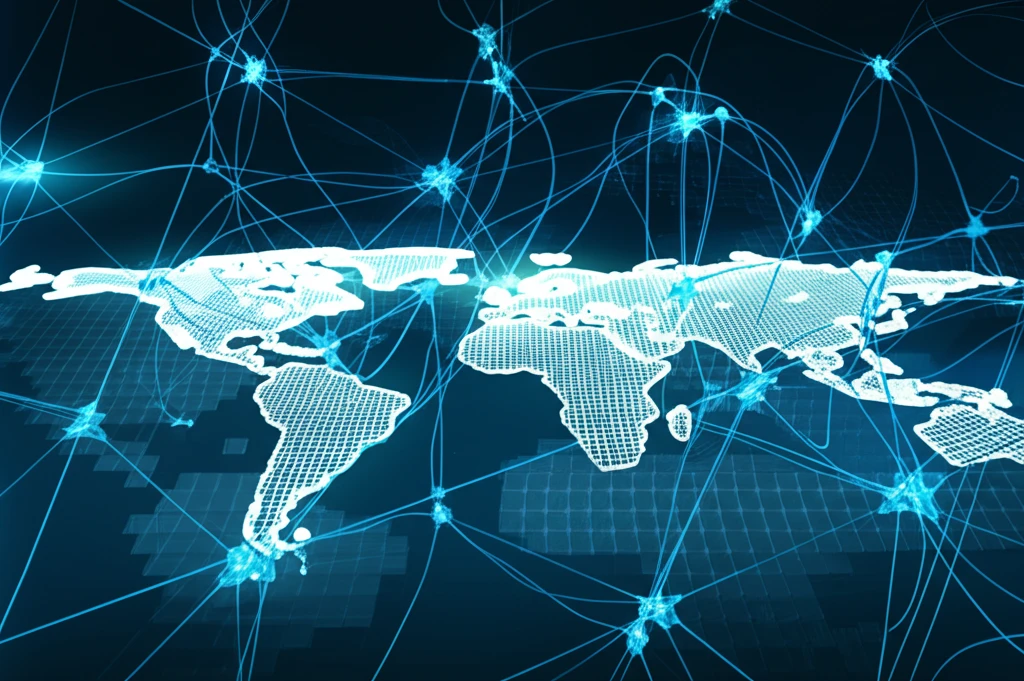
Smarter Forecasts: How AI and Global Data Can Predict the Economy's Next Move
"Discover how neuro-dynamic programming and international economic data are revolutionizing GDP forecasting, offering more accurate predictions in uncertain times."
Economic forecasting is crucial for understanding and anticipating the financial future. Traditionally, it involves estimating variables like gross domestic product (GDP) using current economic indicators. However, conventional methods often struggle with the complexity and vast amounts of data required for accurate predictions.
Enter neuro-dynamic programming (NDP), a technique that uses artificial intelligence to handle complex, high-dimensional data. Unlike traditional methods that focus on minimizing the difference between predicted and actual outcomes, NDP emphasizes the sequential nature of economic events, learning from trial and error to improve forecasts.
Recent research explores how NDP can leverage data from multiple countries to forecast GDP more effectively than models trained on a single country's data. This approach, combined with non-linear AI architectures, offers a promising path toward more accurate and reliable economic predictions.
Why Traditional Forecasting Methods Fall Short

Traditional economic forecasting often relies on linear models and historical data from a single country. While these methods can provide a baseline understanding, they frequently fail to capture the intricate, interconnected nature of the global economy. This limitation becomes particularly evident during times of significant economic upheaval, such as the COVID-19 pandemic, where historical patterns may no longer hold.
- Limited Scope: Traditional models often focus on a single country, neglecting the influence of global economic trends.
- Linearity Assumption: The assumption of linear relationships between economic variables can oversimplify complex interactions.
- Data Limitations: Access to and efficient processing of diverse economic datasets can be restricted.
- Lack of Adaptability: Traditional models may struggle to adapt to sudden economic shocks or shifts in global dynamics.
The Future of Economic Forecasting is Here
The integration of AI and global data is transforming economic forecasting. By adopting techniques like neuro-dynamic programming and leveraging diverse datasets, businesses and policymakers can gain a more accurate and nuanced understanding of economic trends. This, in turn, allows for better decision-making and more effective strategies to navigate the complexities of the global economy, ultimately fostering greater stability and prosperity.
